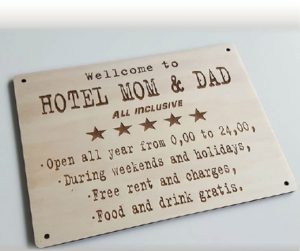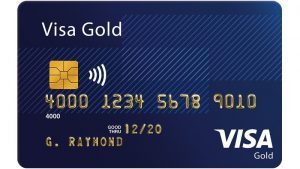
If you are a Canadian living in debt, you are not alone. According to Statistics Canada, household debt grew faster than income last year, with Canadians owing $1.79 for every dollar of household disposable income to debt(1).
• Canadian households use almost 15% of income for debt re-payment(1).
• 7.3% of this re-payment goes towards interest charges (1)
• Interest charges are at their highest level in 9 years(1).
• The cost of living is projected to increase in 2020 (2)
So how can one ever get out of debt? Debt consolidation.
What is debt consolidation?
Debt consolidation means paying off smaller loans with a larger loan at a lower interest rate. For example, a credit card bill debt with interest of 19.99% can be paid off by a 5-year Reverse Mortgage with an interest rate of 5.74%* from HomeEquity Bank. (*rate as of May 2, 2019. For current rates, please contact your DLC Mortgage Broker).
A lot of confusion surrounds debt consolidation; many of us just don’t know enough about it. Consider the two sides:
The pros
• The lower the interest rate, the sooner you get out of debt. A lower monthly interest allows you to pay more towards your actual loan, getting you debt-free faster.
• You only have to make one monthly debt payment. This is more manageable than keeping track of multiple debt payments with different interest rates.
• Your credit score remains untarnished because your higher interest loans, such as a credit card, are paid off.
The cons
• Consolidating your debt doesn’t give you the green light to continue spending.
Consolidating helps you get out of debt; continuing to spend as you did before puts you even further into debt.
• A larger loan with a financial institution will require prompt payments. If you were struggling to pay your debts before, you may be still be challenged with payments. A CHIP Reverse Mortgage may be a better option; it doesn’t require any payments until you decide to move or sell your home.
• You may require a co-signer who will have to pay the loan, if you’re unable. Note that a Reverse Mortgage does not require a co-signer, as long as you qualify for it and are on the property title.
So how do you know if debt consolidation is the option for you? Start by contacting your mortgage broker and asking if the CHIP Reverse Mortgage could be the right solution for you.
Contact me for your best mortgage options 705.669.7798 or trina@ndlc.ca
#trinamortgages #mortgages #ndlc #freedomofchoice
#bestmortgageforme #executive #firstimehomebuyer
If you found this information valuable, I only ask that you share with your friends and family.
Copyright DLC
SOURCES:
1 https://www.cbc.ca/news/business/household-debt-income-1.5056159
2 https://www.statista.com/statistics/271247/inflation-rate-in-canada/
https://www.bankofcanada.ca/2019/03/spending-shifts-and-consumer-caution/
https://www.cbc.ca/news/business/consumer-spending-consumption-canada-1.5006343








